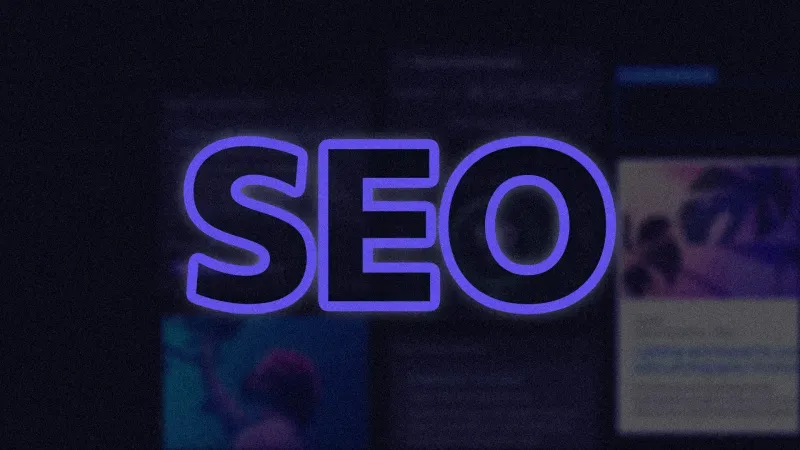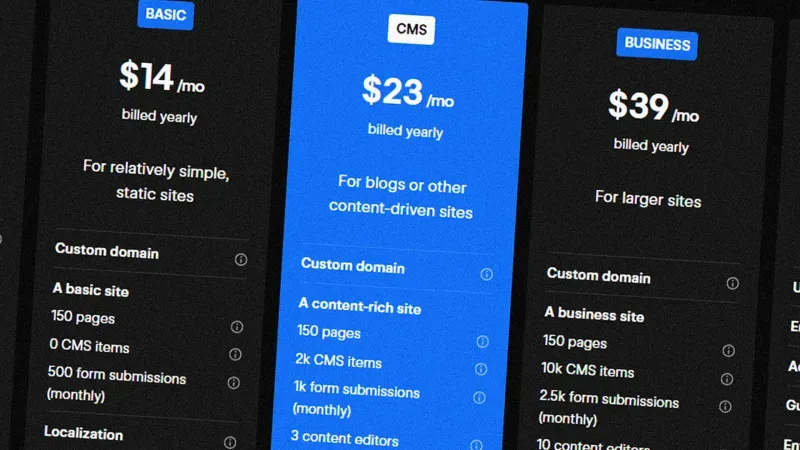Webflow SEO Strategy for 2024

Search Engine Optimization (SEO) is a crucial factor for the success of your website and, consequently, your business. With the ever-evolving algorithms of search engines, it’s essential to stay updated with the latest SEO strategies.
This guide provides an in-depth look into the SEO capabilities of Webflow and how to leverage them for your website in 2024.
Understanding SEO in Webflow
Webflow is developed with SEO in mind. It fares better than older website builders and CMS. Webflow not only allows you to create user-friendly and attractively-designed pages easily but also ensures your sites are fast and pass core web vitals by default.
Key Webflow SEO Features
- Meta Information: Webflow allows you to optimize meta information, which is crucial for search engines to understand your content.
- Alt Tags: Adding alt tags to images is straightforward in Webflow, improving accessibility and SEO.
- Heading Structure: Proper heading structure is essential for SEO, and Webflow makes it easy to ensure your headings are correctly structured.
- URL Structures: Clean URL structures are beneficial for SEO, and Webflow supports SEO-friendly URLs.
- Internal Links: Webflow allows you to track and use internal links, which can improve your site’s SEO.
- Core Web Vitals: Webflow helps optimize for speed, which can improve your Core Web Vitals score and help you rank better.
- Mobile Responsiveness: With the increasing number of mobile users, having a mobile-responsive website is crucial for SEO. Webflow makes it easy to design responsive websites.
- XML Sitemaps: Webflow automatically generates XML sitemaps, which help search engines understand the structure of your site.
- Structured Data Markup: Adding custom schema data helps search engines understand your site better.
- Hreflangs: Hreflang is an HTML attribute used for language specification and geo-targeting of a webpage.
- Canonical Tags: Canonical tags indicate which version of a page is the main one, which is helpful when you have duplicate or similar content on your site.

Implementing Your Webflow SEO Strategy
To make your Webflow site SEO-ready, here are some steps you can follow:
- Optimize Meta Information: Ensure that each page on your website has a unique title and description that accurately reflects the content of the page.
- Use Alt Tags: Add descriptive alt tags to all images on your website.
- Ensure Proper Heading Structure: Use headings correctly to structure your content and make it easier for search engines to understand.
- Create Clean URL Structures: Keep your URLs simple and descriptive.
- Use and Track Internal Links: Link to other relevant pages on your website to help search engines understand the relationship between different pages.
- Optimize Core Web Vitals: Improve your website’s loading speed, interactivity, and visual stability.
- Design for Mobile: Ensure your website looks and works well on all devices.
- Enable Auto-Generated XML Sitemaps: Make sure search engines can find and understand all the pages on your site.
- Implement Structured Data Markup: Use schema markup to provide search engines with more information about your website.
- Use Hreflangs: If your website is available in multiple languages, use the hreflang attribute to tell search engines about these versions.
- Use Canonical Tags: If you have duplicate or similar content, use canonical tags to tell search engines which version is the main one.

Remember, the ultimate goal of SEO is to create a website that is useful and accessible to your users!!!
By focusing on providing high-quality content and a great user experience, you’ll be well on your way to achieving SEO success with Webflow in 2024.


